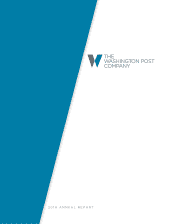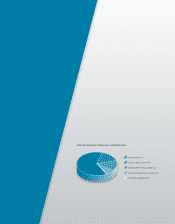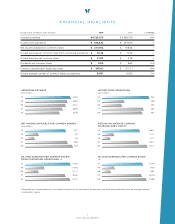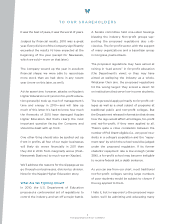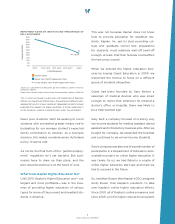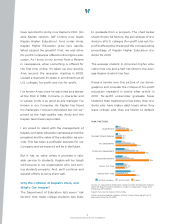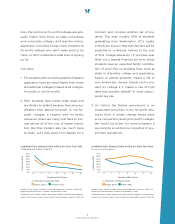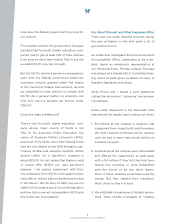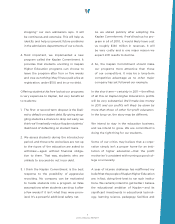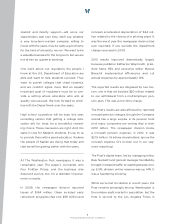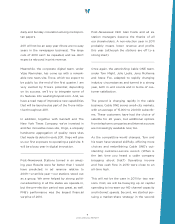Washington Post 2010 Annual Report Download - page 9
Download and view the complete annual report
Please find page 9 of the 2010 Washington Post annual report below. You can navigate through the pages in the report by either clicking on the pages listed below, or by using the keyword search tool below to find specific information within the annual report.
7
2010 ANNUAL REPORT
shopping” our own admissions reps. It will
be continuous and extensive. This will help us
identify and help us prevent future problems
in the admissions departments of our schools.
4. Most important, we implemented a new
program called the Kaplan Commitment. It
provides that students enrolling in Kaplan
Higher Education programs can choose to
leave the program after four or five weeks
and owe us nothing (they’ll have paid a fee at
registration, under $50) and incur no debt.
Oering students this free look at our programs
is very expensive to Kaplan, but very beneficial
to students:
1. The first- or second-term dropout is the likeli-
est to default on student debt. By giving strug-
gling students a chance to drop out early, we
think we’ll markedly reduce Kaplan students’
likelihood of defaulting on student loans.
2. We assess students during the introductory
period, and those who we believe are not up
to the rigors of the education are asked to
withdraw—again without financial obliga-
tion to them. That way, students who are
unlikely to succeed do not incur debt.
3. I think the Kaplan Commitment is the best
response to the possibility of aggressive
recruiting. No company can be motivated
to hustle students into a program on false
assumptions when students can drop it after
a few weeks if it isn’t what they were prom-
ised. It’s a powerful additional safety net.
As we stated publicly after adopting the
Kaplan Commitment: if we’d had such a pro-
gram in all of 2010, it would likely have cost
us roughly $140 million in revenues. It will
be very costly and is one major reason we
expect 2011 results to decline.
4. So, the Kaplan Commitment should make
our programs more attractive than those
of our competitors. It may be a long-term
competitive advantage as no other major
company has yet followed our example.
In the short term—certainly in 2011—the eect
of all this on Kaplan Higher Education’s profits
will be very substantial. We’ll make less money
in 2011, and our profits will likely be down by
more than those of other for-profit educators.
In the long run, the story may be dierent.
We intend to stay in the education business,
and we intend to grow. We are committed to
doing the right thing for our students.
Some of our critics may believe that a corpo-
ration simply isn’t a proper home for an insti-
tution of higher education—that the profit
motive isn’t consistent with running a good col-
lege or university.
A year of intense challenge has rearmed my
belief that the people of Kaplan Higher Education
are, in fact, doing their best to run such institu-
tions. We certainly intend to get better. I believe
the educational ambition of Kaplan—and its
significant investments in educational technol-
ogy, learning science, pedagogy, facilities and

